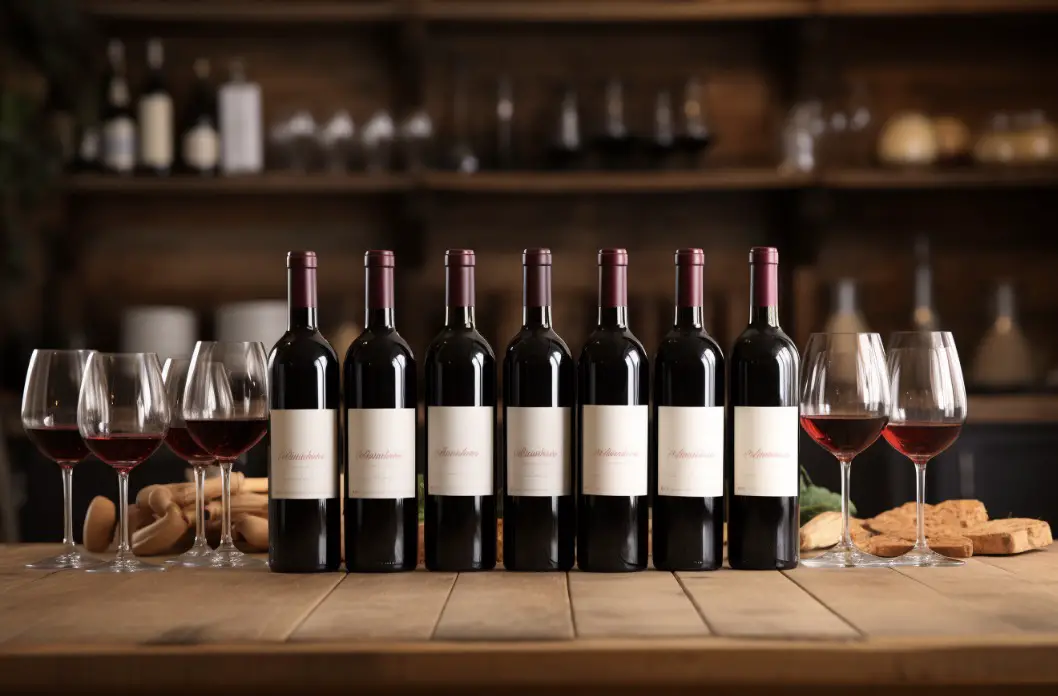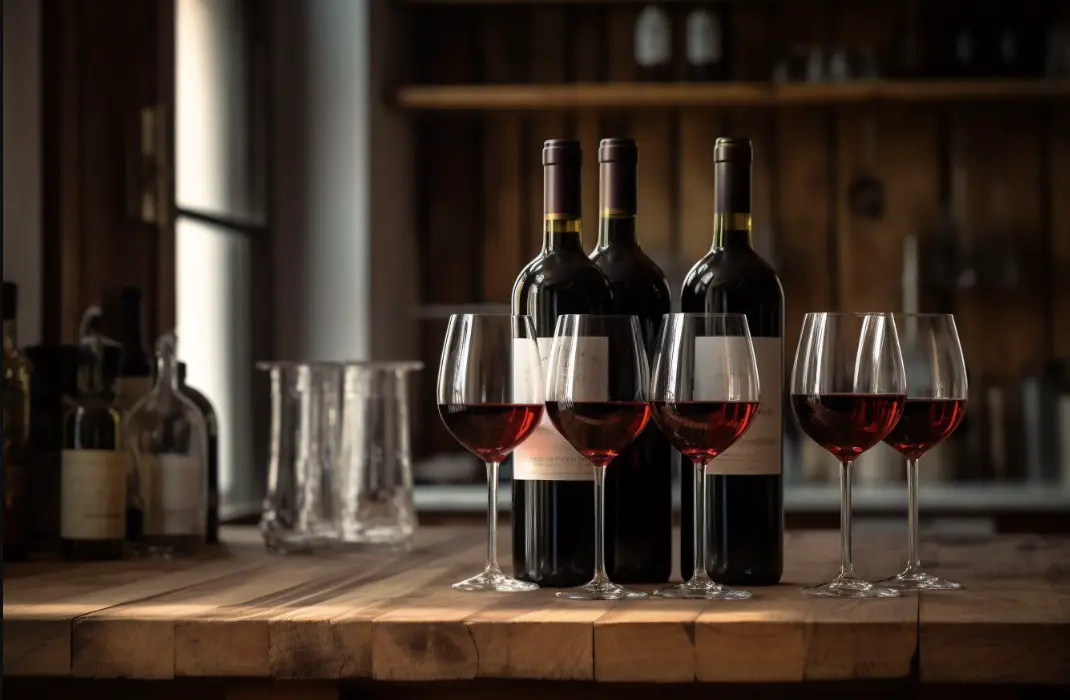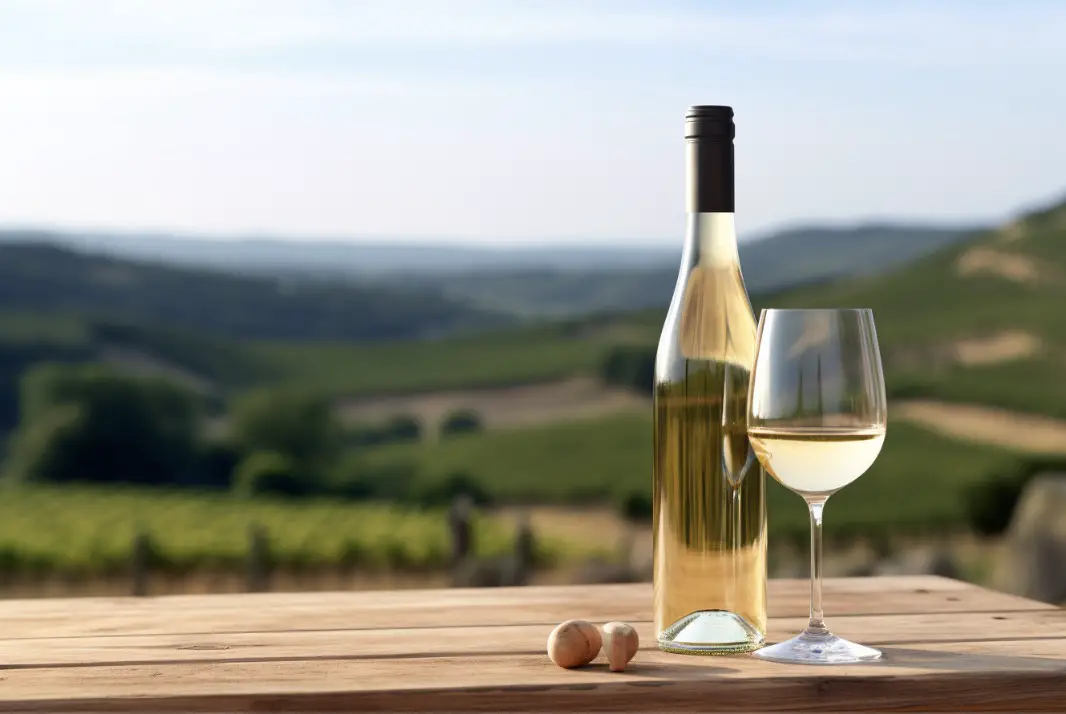Brandy, a spirit traditionally made by distilling wine, is a beloved drink worldwide. But what if I told you that you could make brandy without the complex, expensive process of distillation?
Yes, it is possible to make something close to brandy without heat distilling. You can approximate real brandy by adding neutral already distilled spirits to wine, using high ABV yeast, and doing cold jacking.
In this blog post, I’ll guide you through the process, sharing my personal experiences and tips along the way.
So, how can you make brandy without distilling? By using high ABV yeast, adding other distilled spirits, and using a process known as jacking, you can create a brandy-like spirit without the need for heat distillation.
The Basics of Brandy Making
Traditionally, brandy is made by distilling wine. This process concentrates the alcohol and flavors, creating a strong, rich spirit.
The traditional way of making brandy:
To make your own brandy, you will need the following steps:
1. Choose your base: Brandy is typically made from fruit, with grapes being the most common choice. Select high-quality fruit that is ripe and free from any rot or damage.
2. Fermentation: Crush the fruit to extract the juice and transfer it to a fermentation vessel. Add yeast to initiate fermentation, converting the sugars into alcohol. Allow the mixture to ferment for several weeks, ensuring that it is kept at a controlled temperature.
3. Distillation: Once fermentation is complete, you will need a still to separate the alcohol from the fermented liquid. Distillation involves heating the fermented liquid to produce vapor, which is then condensed to obtain the concentrated alcohol. This process requires specialized equipment and knowledge, so ensure you follow safety guidelines.

4. Aging: After distillation, the brandy will be high in alcohol content and harsh in flavor. To mellow and develop its characteristic taste, transfer the brandy to oak barrels or other suitable containers for aging. Allow it to age for several months to several years, depending on your desired flavor profile.
5. Bottling: Once the brandy has matured, it is ready for bottling. Filter the brandy to remove any impurities and transfer it into clean, sterilized bottles. Seal the bottles tightly to preserve the quality and store them upright in a cool, dark place.
Remember, making brandy at home requires careful attention to detail, proper equipment, and adherence to legal regulations.
However, distillation can be complex, illegal and costly, requiring specialized equipment and knowledge.
Luckily, there are ways around this.
Firstly, you can add other distilled spirits to your starter wine. This increases the alcohol content without the need for distillation. This process, however, requires careful consideration of flavors to ensure a pleasant end result.
Secondly, you can use high ABV yeast. Yeasts are microorganisms that ferment sugar into alcohol, and certain strains can produce a higher alcohol content than others. By using these yeasts, you can create a stronger wine that is closer to brandy in strength.

Lastly, you can use a process known as jacking. This involves freezing the wine and removing the ice, which concentrates the alcohol and flavors, much like distillation.
Adding Distilled Spirits
The first method for making brandy without distilling is by adding distilled spirits. This might seem like cheating, but it’s a legitimate method used by homebrewers worldwide.
The key here is to choose a spirit that complements the flavors of your starter wine. For example, a strong, full-bodied red wine might pair well with a robust, smoky whiskey. On the other hand, a light, fruity white wine could be enhanced with a delicate, floral gin.
Remember, you’re not just adding alcohol; you’re adding flavor. So take your time and experiment until you find the perfect combination.
Using High ABV Yeast
Another method to make brandy without distilling is by using high ABV yeast. These are special strains of yeast that can survive and continue fermenting at higher alcohol levels.

The most common high ABV yeast is Turbo Yeast, which can produce an alcohol content of up to 20%. There are also certain strains of wine yeast, such as EC-1118, which can reach similar levels.
Using high ABV yeast is a simple way to increase the strength of your wine, bringing it closer to brandy.
However, be aware that these yeasts can produce strong flavors and aromas, which might not be to everyone’s taste.
The Process of Jacking
Jacking, also known as freeze distillation, is a method of concentrating alcohol and flavors by freezing the wine and removing the ice. This is a traditional method used to make applejack, a strong apple brandy.

When the wine is frozen, the water freezes first, leaving the alcohol behind. By removing the ice, you’re increasing the alcohol concentration of the remaining liquid.
It’s a simple process, but it does have its drawbacks. Unlike heat distillation, it doesn’t remove impurities, so the end result may have a stronger taste. However, with careful handling and an understanding of the process, you can produce a decent brandy-like spirit.
Conclusion: Making Brandy without Distilling
Making brandy without distilling is a feasible and rewarding process. By adding distilled spirits, using high ABV yeast, and jacking, you can create a brandy-like spirit at home without the need for expensive equipment and knowledge.
Here are 10 key facts about making brandy without distilling:
1. Brandy is traditionally made by distilling wine.
2. Making brandy without distilling involves adding distilled spirits, using high ABV yeast, and jacking.
3. Adding distilled spirits increases the alcohol content and adds flavor.
4. High ABV yeast can ferment sugar into a higher alcohol content.
5. Turbo Yeast and EC-1118 are common high ABV yeasts.
6. Jacking, or freeze distillation, concentrates alcohol by freezing the wine and removing the ice.
7. Jacking is a traditional method used to make applejack, a strong apple brandy.
8. Unlike heat distillation, jacking doesn’t remove impurities.
9. Making brandy without distilling is a feasible and rewarding process.
10. This process doesn’t require expensive equipment or specialized knowledge.
So, why not give it a go? With a bit of patience and experimentation, you could be sipping your own homemade brandy in no time. Cheers!
FAQs
What are the basic ingredients of brandy?
Brandy is a distilled spirit made from fermented fruit juice or wine. The basic ingredients of brandy include grapes, apples, pears, cherries, or other fruits that are crushed and fermented to produce a low-alcohol wine. This wine is then distilled to increase the alcohol content and create brandy. The aging process in wooden barrels further enhances the flavor and character of the brandy.
Do you have to distill brandy?
Yes, distillation is an essential step in the production of brandy. It involves heating the fermented fruit juice or wine to separate the alcohol from other components through evaporation and condensation. This process helps concentrate the flavors and aromas, giving brandy its distinct character.
What is the highest alcohol content without distilling?
The highest alcohol content that can be achieved without distillation is typically around 20% to 25% ABV (alcohol by volume). This can be achieved through processes such as fermentation, fortification, or freeze concentration.
How do you make brandy from store bought wine?
To make brandy from store-bought wine, you can follow these steps:
1. Choose a wine with a higher alcohol content, preferably around 11-14% ABV. This is important as the alcohol will concentrate during the distillation process.
2. Pour the wine into a large pot or still. Avoid using aluminum or copper pots, as they can react with the alcohol.
3. Heat the wine gently over low heat. As the wine heats up, the alcohol will begin to vaporize, separating from the other components.
4. Collect the vaporized alcohol by attaching a condenser to the pot or still. The condenser will cool down the vapor, causing it to condense back into liquid form.
5. Collect the condensed alcohol, which is now brandy, in a separate container. This liquid will have a higher alcohol content than the original wine.
6. If desired, you can repeat the distillation process to further concentrate the alcohol and refine the flavor of the brandy.
It’s important to note that distillation of alcohol at home may be illegal in some jurisdictions without proper permits. Always ensure you are complying with local laws and regulations before attempting to make brandy or any other distilled spirits.
Can you make brandy from store bought wine?
Yes, it is possible to make brandy from store-bought wine. Brandy is produced by distilling wine, which involves heating the wine to separate the alcohol from the other components. However, it is important to note that making brandy at home requires specialized equipment and knowledge of distillation techniques. It is illegal to distill alcohol without proper permits in many countries, so it is recommended to consult local laws and regulations before attempting to make brandy at home.




